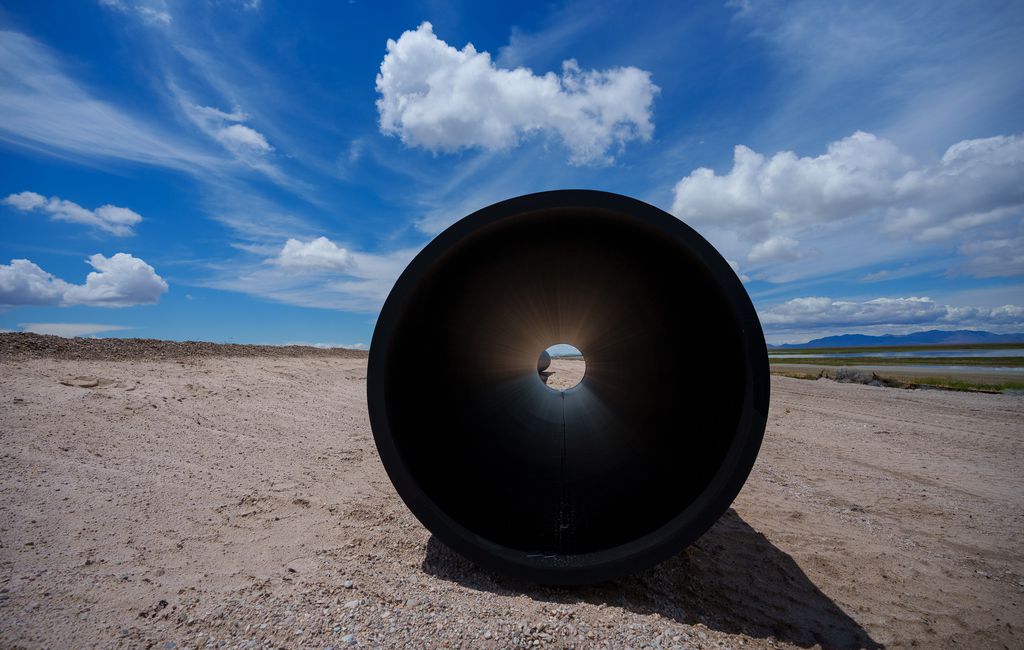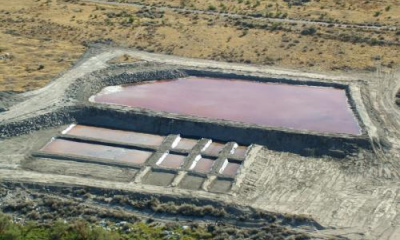It would also increase pollution and require a lot of electricity.
As recently as last year, Utah lawmakers were floating the idea of piping Pacific Ocean water to save the Great Salt Lake, although it’s unclear whether they’ve consulted actual engineers about what it would take.
Turns out, it’ll be expensive — moving billions of gallons of water from sea level up 4,200 feet to the Rockies is no simple feat. And it’ll also add a whole lot of greenhouse gas pollution to the atmosphere, which, given climate change and the aridification issues the West is already grappling with, is exactly the opposite of what we should be doing.
Robert B. Sowby, assistant professor of Civil and Construction Engineering at Brigham Young University, recently ran the numbers. The pipeline diameter will need to be huge — about 10 feet in diameter. And the shortest route spans 600 miles.
Salt Lake City band signs their music for the deaf community
With “generous assumptions,” Sowby said it’ll take at least 400 megawatts of electricity to move ocean water that far.
“That’s 11% of Utah’s annual electricity use,” Sowby said, “a serious power plant running all the time.”
It will take around $300 million each year just to generate the energy, he calculates. And running a plant to supply that power would contribute the equivalent CO2 emissions of around 200,000 cars.
“When you throw in longer routes, taller mountains, higher flows, and any treatment that might be necessary, the figures could easily triple,” Sowby said. “It’s just so much water that would need to be pumped so far and so high.”
What’s more, all that expense, energy and emissions would only move about one-third of the 1.2 million acre-feet water deficit the Great Salt Lake has seen in recent years, which is preventing it from reaching a sustainable elevation. And that’s only if it’s pumping year-round.
“The bottom line is it’s a lot of energy,” Sowby said, “and only for a fraction of what the lake would need.”
If Utahns want to siphon more water uphill, they can’t just build a wider pipe. It would take multiple pipelines and more power production.
“Ten feet is the practical limit of a large diameter pipeline,” Sowby said.
It’s also not realistic to expect the pipeline can be powered with renewables like wind and solar, versus traditional fossil fuels like coal and natural gas, Sowby said. Pumps would need to run around the clock, when the wind isn’t blowing and the sun isn’t shining.
“We just don’t have [many] renewable energy projects that are that big,” Sowby said, adding it would take another massive investment from Utah lawmakers.
Joel Ferry, director of the Utah Department of Natural Resources, told attendees at last year’s Great Salt Lake Summit that a pipeline to the Pacific would cost $60-$100 billion alone to build.
No bills or chatter about the pipeline have surfaced in the legislative session so far. But both House Speaker Brad Wilson’s office and a spokesperson for the Department of Natural Resources confirmed this week “all options are still on the table” when asked about the ocean pumping project.
Scientists forecast that climate change will create drier conditions in the American Southwest. But as previous state-sponsored research has found, precipitation in the Great Salt Lake basin has held steady over time, even as the lake has experienced long-term decline. Human water consumption is the obvious culprit in the lake’s collapse.
More than two dozen scientists — Sowby among them — issued a dire warning earlier this month, claiming if recent trends continue, the Great Salt Lake could dry up in as little as five years. They dismissed fanciful ideas like ocean water pumping and cloud seeding as answers to solve the lake’s disappearance. Urgent water conservation measures are the only way Utahns can save themselves from a looming ecological and public health disaster, they wrote in their report.
It’s also a lot cheaper and better for the climate than pouring billions into a pipe dream, as Sowby’s estimates show.
“I hope it will turn us toward solutions,” he said, “that have been proposed within the watershed itself.”







